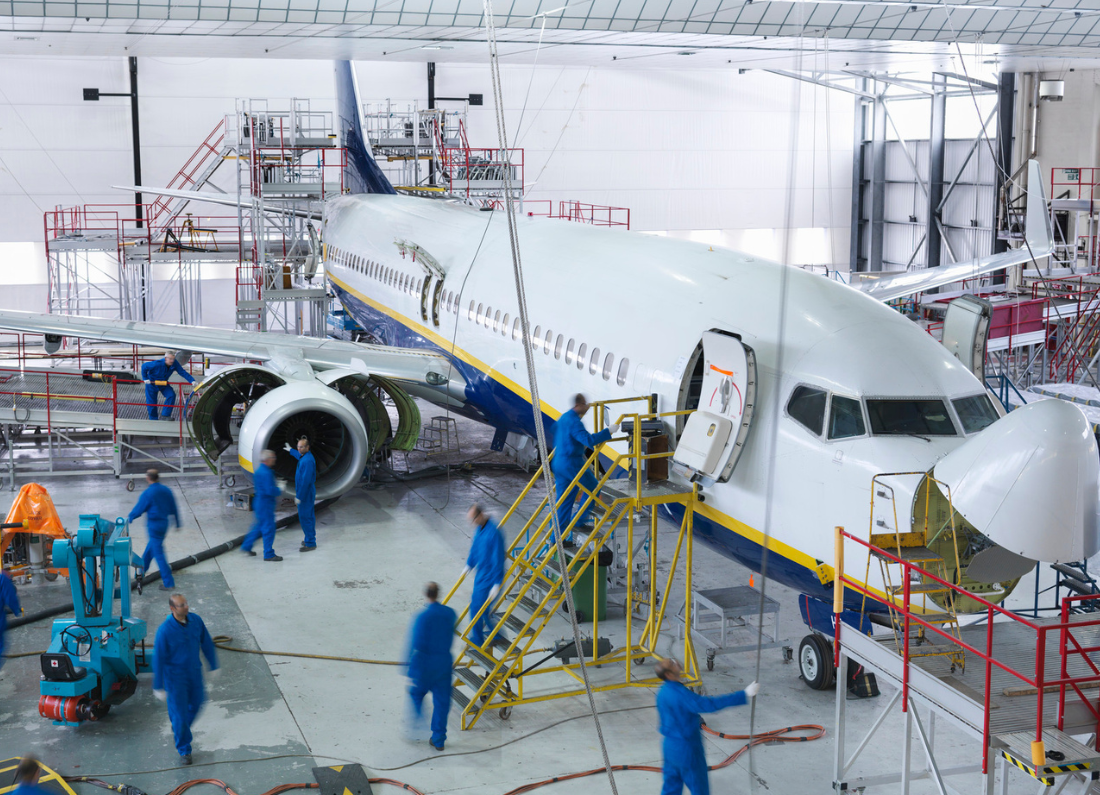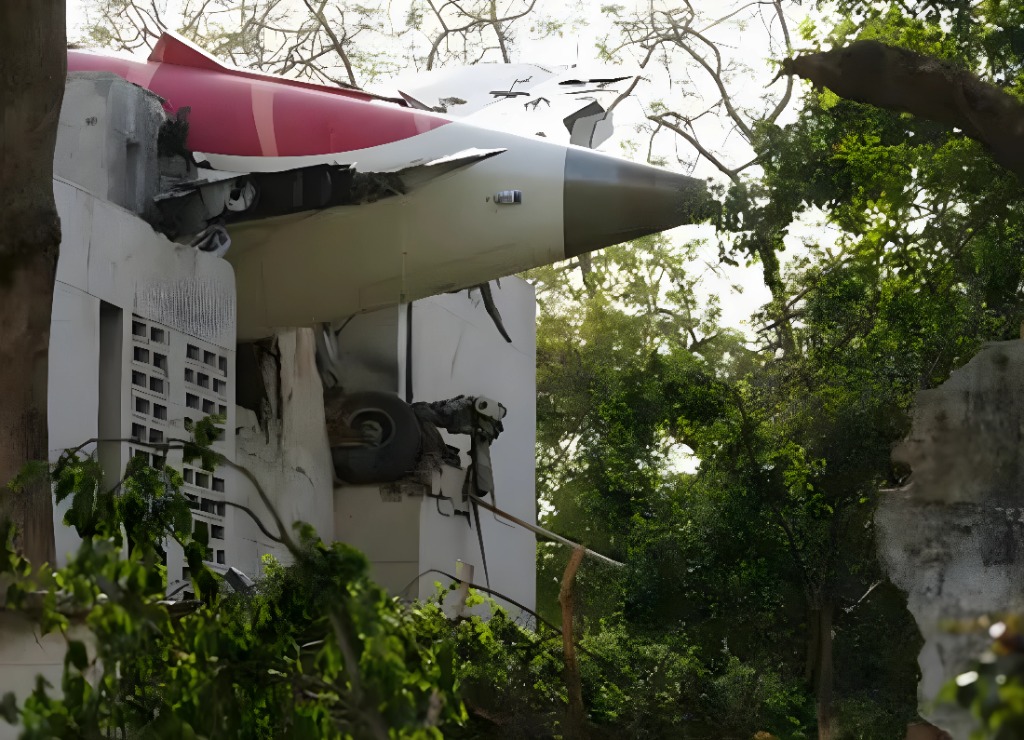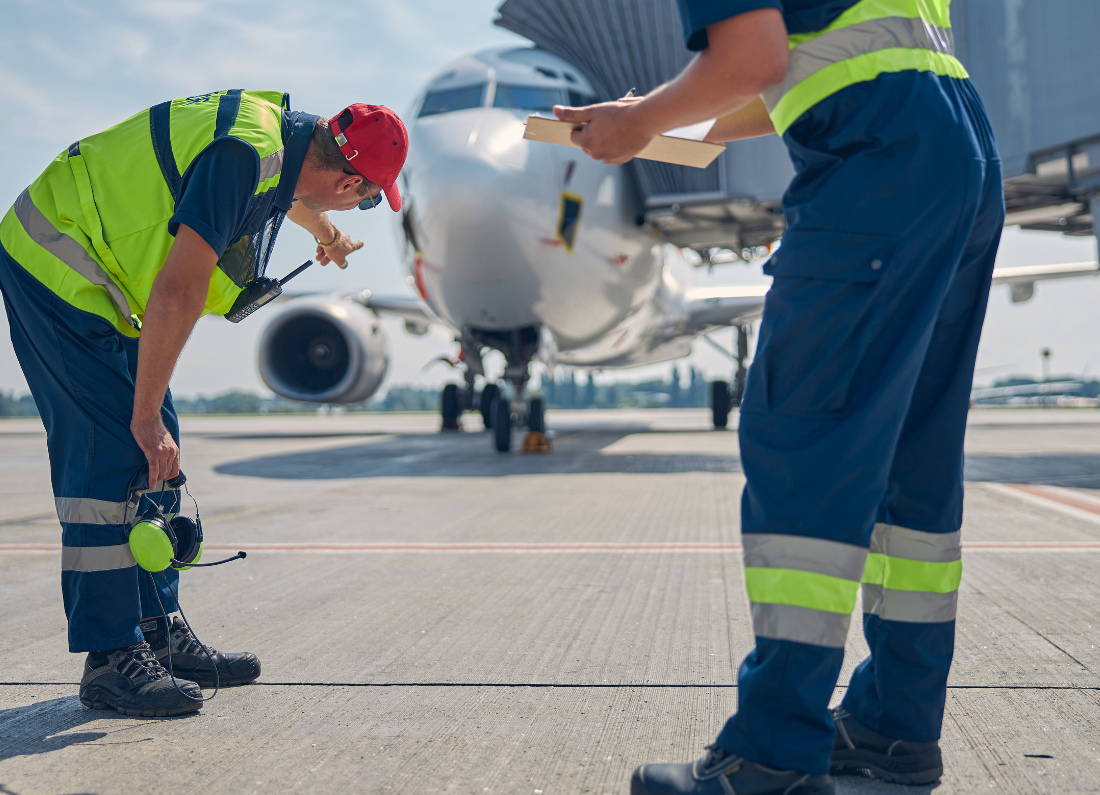An aircraft engine failure remains one of the most feared scenarios in aviation; however, it is also one of the most manageable situations due to advancements in technology and training. Thanks to decades of engineering improvements, the incorporation of redundancy in critical systems, and comprehensive pilot training protocols, engine failures are both rare and rarely result in fatalities. As we look to 2025, the aviation industry is committed to continually enhancing safety margins through the integration of advanced diagnostic techniques, innovative materials, and sophisticated real-time response systems that ensure effective handling of potential issues.
Understanding the complexities surrounding engine failures is not only essential for aviation professionals and maintenance engineers but also for passengers who prioritize safety during air travel.
What Is an Engine Failure?
An engine failure is defined as the partial or complete loss of power output from an aircraft engine at any point during flight. Such failures can be classified into several categories:
- Mechanical Failures: These are physical breakdowns within the engine components, such as turbine blade fractures, which can occur due to fatigue, or compressor stalls, where airflow disruptions lead to a reduction in engine performance.
- Systemic Failures: These failures involve the loss of critical engine systems. For instance, an oil pressure loss can prevent essential lubricant flow, leading to potential engine overheating, while a fuel pump malfunction can limit fuel supply, causing power loss.
- Environmental Factors: External conditions can significantly impact engine performance. A bird strike may damage engine components or affect airflow, while volcanic ash ingestion can cause severe abrasions and compressive failures due to the particulates in the ash.
- Human or Procedural Errors: Mistakes in maintenance procedures, such as failing to replace worn components, or errors during engine start sequences can lead to failures. Regular training and adherence to strict protocols are essential to minimize these risks.
Failures can occur in various types of engines, including turbofan, turboprop, piston, and jet engines, impacting both commercial airlines and general aviation aircraft.
How Often Do Engine Failures Occur?
Statistically, engine failures are exceedingly rare. For modern twin-engine aircraft, the incidence of engine shutdown is approximately 1 in every 375,000 flight hours. Most failures tend to occur during critical phases of flight, such as takeoff or climb, when engines are subjected to maximum stress due to increased thrust demand.
Aircraft are meticulously designed to operate safely even in the event of a single engine failure. This is particularly crucial for commercial jets that must adhere to safety regulations. For example, planes like the Airbus A320, Boeing 737, and ATR 72 are built and certified to function effectively under ETOPS (Extended-range Twin-engine Operational Performance Standards), which permits these aircraft to fly long distances over water or remote areas, far from suitable diversion airports, ensuring safe operations even in the unlikely event of an engine failure.
By focusing on engineering reliability and robust safety training, the aviation industry continues to prioritize passenger safety and confidence in air travel.
Common Causes of Engine Failure
| Cause | Description | Example |
|---|---|---|
| Bird Ingestion | Birds sucked into engine during takeoff | US Airways Flight 1549 (2009) |
| Fuel Starvation | Fuel mismanagement or leak | Air Transat 236 (2001) |
| Compressor Stall | Disrupted airflow causing power loss | High-altitude climb with improper throttle |
| Oil Pressure Loss | Internal wear, seal failure | Gradual engine degradation |
| Foreign Object Damage (FOD) | Runway debris or tools left in engine path | Airport ramp incidents |
| Mechanical Fatigue | Blade or rotor failure due to metal fatigue | Fan blade separation |
Pilot Training for Engine Failures
Pilots undergo comprehensive and rigorous training to effectively manage engine failures, combining extensive simulator drills with established emergency procedures. This training equips them with the skills necessary to handle real-life scenarios under pressure. Key steps in their training include:
- Identify the Failed Engine: Pilots learn how to utilize a range of instruments and warning systems, such as engine gauges and alerts, to accurately determine which engine has experienced a failure. This quick identification is crucial for ensuring prompt action.
- Maintain Control: In the event of an engine failure, pilots are trained to manage the aircraft’s attitude and performance by adjusting pitch (the angle of the nose relative to the horizon), yaw (the side-to-side movement), and speed. This multi-faceted approach helps maintain stability and control of the aircraft.
- Execute Emergency Checklist: Pilots follow a detailed emergency checklist that includes procedures for safely shutting down the affected engine and activating fire suppression systems if necessary. This checklist is standardized and drilled into pilots to ensure swift adherence during emergencies.
- Divert to Nearest Suitable Airport: If the situation requires, pilots assess the aircraft’s current location and performance to make informed decisions about diverting to the nearest suitable airport. This decision-making process incorporates factors such as weather conditions, runway length, and aircraft weight.
- Communicate with Air Traffic Control (ATC) and Cabin Crew: Effective communication is vital. Pilots must relay critical information to ATC about the engine failure, their current status, and any intentions to divert. They also need to communicate with the cabin crew to prepare passengers for a potential emergency landing.
Modern aircraft are equipped with advanced systems like ECAM (Electronic Centralized Aircraft Monitoring) for Airbus or EICAS (Engine Indication and Crew Alerting System) for Boeing. These systems automatically alert pilots to abnormal engine parameters and provide necessary data to aid in decision-making.
Maintenance: The Front Line of Prevention
Preventing engine failures is primarily achieved through meticulous Maintenance, Repair, and Overhaul (MRO) procedures, which are critical for aircraft safety. Effective MRO practices include:
- Borescope Inspections: Regular, non-destructive inspections of turbine blades allow technicians to observe potential wear or damage that may not be visible from the outside, ensuring any issues are addressed before they escalate.
- Oil and Vibration Analysis: Frequent analysis of engine oil and vibration patterns helps to identify early signs of wear and tear, allowing maintenance teams to replace components before they fail.
- Trend Monitoring Systems: These sophisticated systems continuously track engine performance metrics over time, providing insights into long-term trends that could indicate a declining engine condition.
- Scheduled Overhauls and Part Replacements: Adhering to rigorous schedules for overhauls and the replacement of parts based on flight cycles and operational hours ensures engines are kept in optimal condition.
- Foreign Object Detection Protocols: Regular inspections and clear protocols for detecting foreign objects on ramps and taxiways help prevent damage to engines caused by debris, which is a common risk during takeoff and landing.
To enhance safety further, airlines and MROs employ predictive analytics tools to assess the health of engines proactively, identifying high-risk engines before any significant issues arise. This approach significantly reduces the risk of in-flight failures.
New Technology to Reduce Failure Risk
By 2025, the aviation industry is set to benefit from several groundbreaking innovations designed to enhance engine reliability. These advancements include:
- Digital Twins: These virtual models of engines are continuously updated in real time, allowing engineers to monitor performance and predict potential failures based on accurate simulations.
- Real-Time Health Monitoring: Utilizing satellite-linked telemetry, real-time health monitoring systems provide a continuous stream of data about engine conditions, facilitating immediate response to any anomalies.
- Ceramic Matrix Composites: The introduction of advanced materials, such as ceramic matrix composites, in turbine blades increases their heat resistance and durability, enabling engines to perform more efficiently under extreme conditions.
- Additive Manufacturing: The implementation of 3D printing for critical components allows for the fabrication of parts with tighter tolerances and reduced weight, which can enhance overall engine performance and safety.
- SAF Compatibility Testing: Rigorous testing of Sustainable Aviation Fuels (SAF) ensures that these alternative fuels do not create combustion irregularities, contributing to cleaner and more reliable engine operations.
What Happens After an Engine Failure?
When an engine incident occurs, a thorough, multi-layered investigation is triggered to determine the root cause and ensure safety improvements. This process includes:
- Data Analysis: Investigators analyze data downloaded from flight data recorders (black boxes) and engine condition monitoring systems, looking for anomalies leading up to the failure.
- Audit of Maintenance Records: A detailed review of maintenance logs and records ensures compliance with all relevant regulations and identifies any lapses in maintenance practices.
- Root Cause Analysis: This analysis is conducted by a collaborative team of engineers from the aircraft manufacturer, airline representatives, and regulatory agencies, aiming to identify the underlying factors contributing to the failure.
- Issuance of Directives: If investigations reveal systemic issues, Airworthiness Directives (ADs) or Service Bulletins (SBs) may be issued by authorities such as the Civil Aviation Authority of Malaysia (CAAM), the Federal Aviation Administration (FAA), or the European Union Aviation Safety Agency (EASA).
The findings from these investigations often lead to significant design improvements, procedural changes, or new regulations, all contributing to a culture of safety and continuous improvement within the aviation industry.
Famous Case Studies
Several notable cases highlight how effective pilot training and aircraft design can transform emergencies into manageable situations:
- Qantas Flight 32 (2010): This flight experienced an uncontained engine failure while flying over Singapore. Thanks to effective crew coordination and adherence to procedures, the aircraft was able to land safely, underscoring the importance of pilot training.
- British Airways Flight 5390 (1990): Following a dramatic windshield blowout that caused the pilot to partially eject from the cockpit, the aircraft suffered an engine failure during its emergency descent. Despite these challenges, the crew successfully landed the aircraft, highlighting their training and quick decision-making skills.
- Southwest Flight 1380 (2018): An uncontained engine failure led to injuries among passengers, but thanks to the crew’s training and experience, the aircraft landed safely. This incident prompted the airline to implement new mandates for blade inspections, showcasing the importance of learning from real-world events.
These incidents exemplify the resilience of modern aircraft design and the effectiveness of extensive pilot training in managing emergencies.
Final Thoughts
While aircraft engine failures can be dramatic events, they are rarely catastrophic due to the robust safety measures and protocols in place. Through ingenious design, cutting-edge diagnostics, and rigorous maintenance practices, the aviation industry in 2025 continues to demonstrate that even the most challenging scenarios can be navigated with professionalism and calm control. Although engines may occasionally fail, the overall aviation system remains remarkably reliable.









